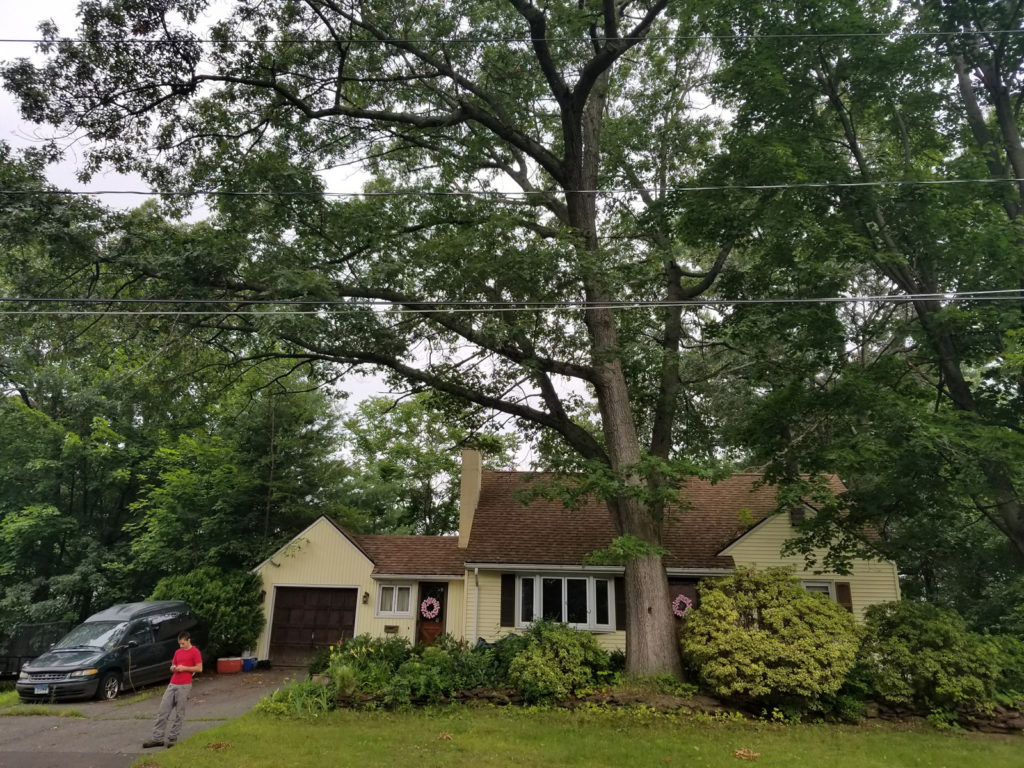Signs a Tree May Need Removed

Trees are beautiful, oxygen-producing and shade-providing elements that give any property extra life and aesthetics. While a healthy tree may last for decades, others succumb to issues that lead to the need for tree removal. Although it is preferred to leave a tree intact, once it becomes hazardous, it is vital for it to be removed.
Signs of Trouble
If there is an obvious risk of the tree falling, that is a sure sign that it should be removed. Other signs aren’t also so clear. When it comes to what to look for, there are potential signs in the crown, trunks and roots.
- Crown: Key signs of trouble include a leaning tree, lopsided crown, forks that are V-shaped and branches dying at the top of the tree. The latter is often an indicator of insects, drought or disease affecting the trees. The other issues lead to producing weak points that may make the tree a hazard.
- Trunk: Decay is a leading cause of an unhealthy trees. If the trunk shows signs of decay, it often means that there are cracks forming behind the bark where you can’t see. Once these cracks grow and spread, it weakens the tree.
- Roots: Although you can’t see the roots, they are symptoms above ground to look for. These include stunted growth, discolored leaves, compacted soil and erosion.
While these may not all require tree removal, it’s best to call in an expert to ensure your tree is safe.
Prevention Tips
While some prevention may not be possible, such as a lightning strike, there are ways to help your trees stay healthy. Along with regularly trimming dead branches, the tree should be inspected at least annually for any of the above signs of trouble. If you are planning on planting a new tree, work with an arborist to help determine the best location for your tree to flourish.
Whenever your tree show signs it may be unhealthy, tree removal isn’t always required. Inspecting for common issues and contacting a professional will help ensure your property remains safe.

